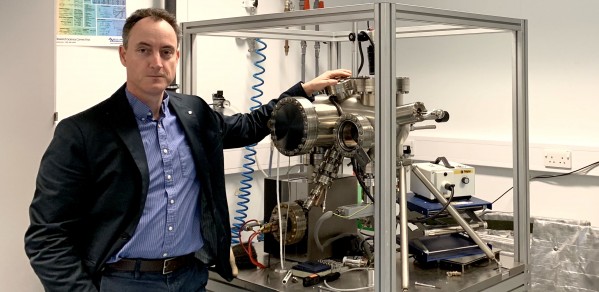
Dr Colm Durkan, founder and Head of the Scanning Probe Microscopy and Nanoelectronics group at The Nanoscience Centre, has written a popular science book on Nanotechnology.
I have written this book as a story — how we came to realise that the world around us is far more complex than it appears, and that it is in fact really quite beautiful in the patterns that appear in the laws of nature, with an eye on all things nano.
Dr Colm Durkan
Nanotechnology is a buzz word many of us have heard but are uncertain what it really means.
Colm's book 'Size Really Does Matter - The Nanotechnology Revolution' published by World Scientific works to dispel the myths and unravel the truth about this branch of science and technology that has already touched many aspects of our lives, from cheaper and faster medical diagnostic tools and more effective ways to deliver existing ones to helping to create new medicines and electronic devices. 'Size really does matter' starts by looking at the science and history of nanotechnology, followed by real-life examples of how it is used, what cutting-edge research is being carried out and why, and potential risks of this exciting new technology.
It is written in an accessible style with genuine enthusiasm for the topics it addresses, including how nanotechnology hopes to address problems in several fields, such as cancer research, novel devices, new materials and improved manufacturing methods for existing products.
The book is now available and will be launched at Girton College, Cambridge, from 7pm-9pm on Wednesday 1st May. All are welcome.

As well as over 85 papers in peer-reviewed journals, Colm has also written a textbook on nanoscale electronics, 'Current at the Nanoscale', now in it’s second edition. In an attempt to help beleaguered schoolchildren, Colm has written a short ebook on electrical circuits – 'Electricity without the tears'.
Colm’s research is focused on understanding the fundamentals of the link between form (size and shape) and function in Nanomaterials, with an emphasis on advanced modes of microscopy and surface analysis, as applied to both highly-applied everyday problems as well as working on the underpinning science.

